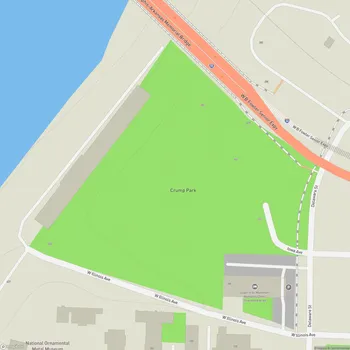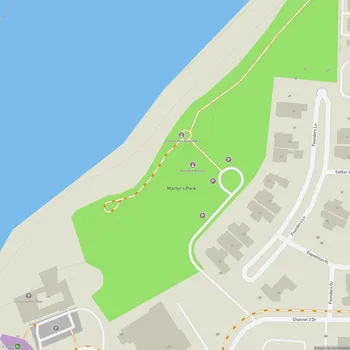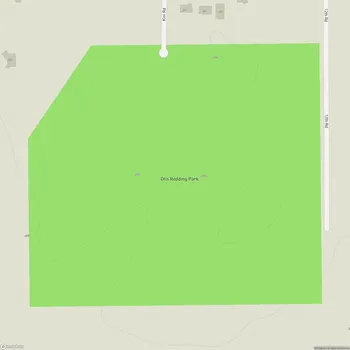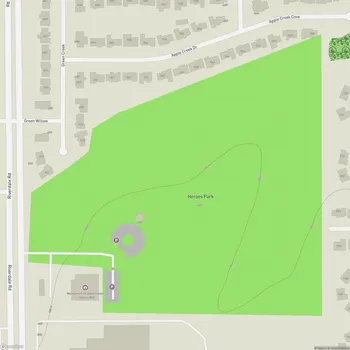T.O. Fuller State Park
Interactive Park Map
About T.O. Fuller State Park
A Park with a Powerful Past
Established in 1938, T.O. Fuller State Park broke barriers as the first state park east of the Mississippi River open to African Americans. Originally called Shelby County Negro State Park, it was renamed in 1942 to honor Dr. Thomas O. Fuller, a remarkable African-American educator, pastor, politician, civic leader, and author who left an indelible mark on the community.
The park took shape during the Great Depression, with the Civilian Conservation Corps (CCC) rolling up their sleeves to build the facilities. In what turned out to be a happy accident in 1940, CCC workers digging for a swimming pool instead unearthed something extraordinary - evidence of a prehistoric Native American village.
Digging into the Past
That accidental archaeological discovery has evolved into the Chucalissa Indian Village, featuring preserved excavations now managed by the University of Memphis as the C.H. Nash Museum at Chucalissa.
If you're camping at the park, you get free admission to Chucalissa, where you can explore ancient mounds, see a replica Native American hut, and browse through a museum that showcases the area's indigenous history.
Nature's Retreat in the City
Spanning 1,138 acres within Memphis city limits, the park offers surprisingly diverse landscapes, from Mississippi River flood plains to high bluff ridges. It provides a natural retreat for nature lovers and birdwatchers without having to leave the city.
The park's position along the Mississippi Flyway makes it a hotspot for our feathered friends, with around 140 bird species making appearances all year long. The bird diversity is particularly notable for wildlife enthusiasts.
Trails and Outdoor Adventures
With over 8 miles of hiking trails ranging from easy strolls to moderate challenges, there's something for every energy level. The 4-mile Discovery Trail loop takes you through wetlands and connects to the Chucalissa Indian Village.
Despite being surrounded by urban life, the wooded areas create a peaceful setting for outdoor activities and wildlife watching. Just remember to pack some insect repellent during summer visits - those mosquitoes can be persistent!
Home Away From Home
The park offers roomy camping sites with water and electrical hookups that work well for tents, RVs, and trailers. Most sites are level and shaded by mature trees, offering welcome relief during those hot Tennessee summers.
You'll appreciate the recently renovated bathroom facilities with air conditioning, hot showers, and clean restrooms. The campground also features a playground, picnic areas with grills, and a laundry facility to make your stay more comfortable.
Beyond the Trails
When you're not hiking or camping, you can enjoy basketball and tennis courts, softball fields, and several picnic shelters meant for family get-togethers. The playground equipment is well-maintained and accommodates children of different ages.
T.O. Fuller State Park combines natural habitat preservation with cultural history, providing a peaceful retreat from city life for the Memphis community.
All Features & Facilities
Active Recreation
Nature & Wildlife
Water Features & Activities
Visitor Services
Food & Gathering
Photo Gallery
ParkMagnet Score
Top Park




